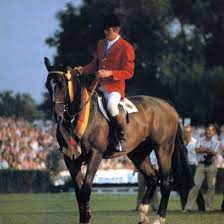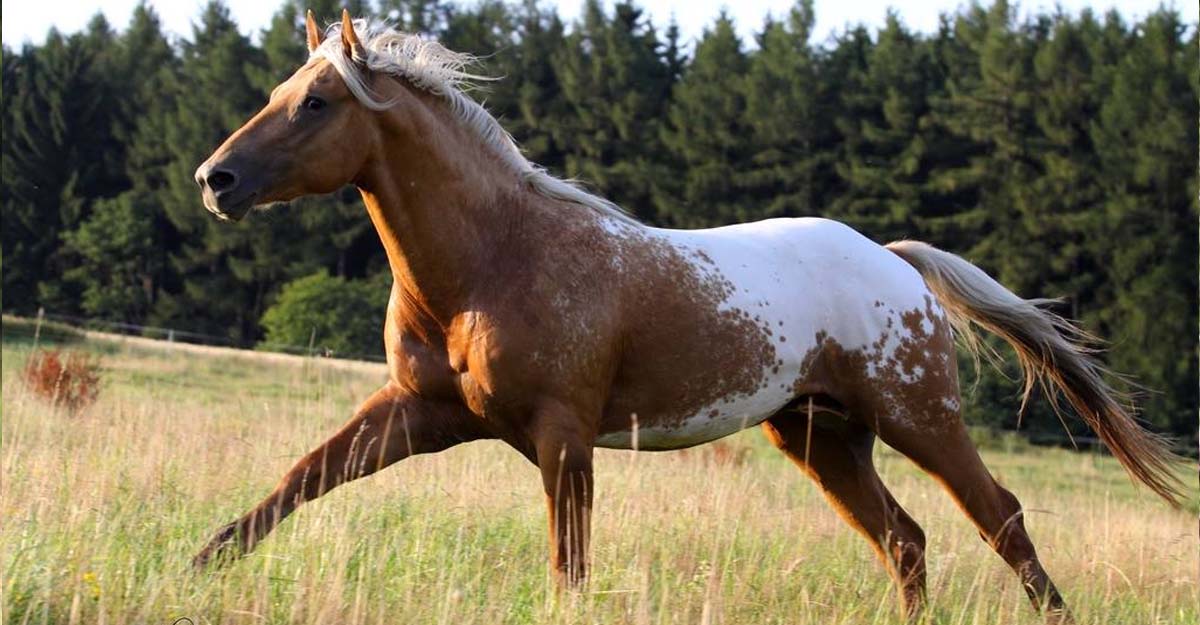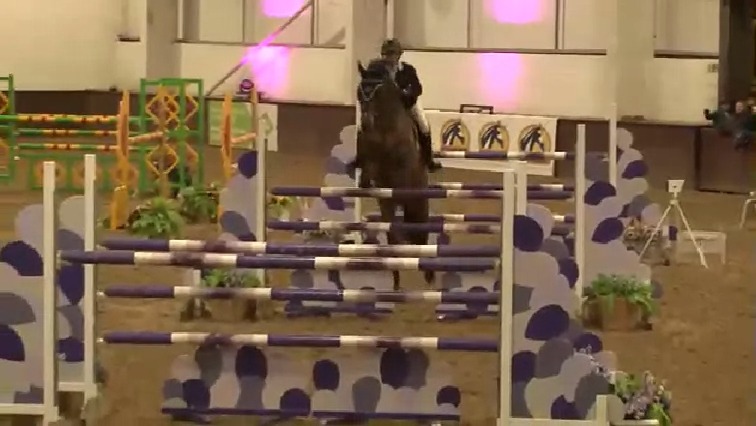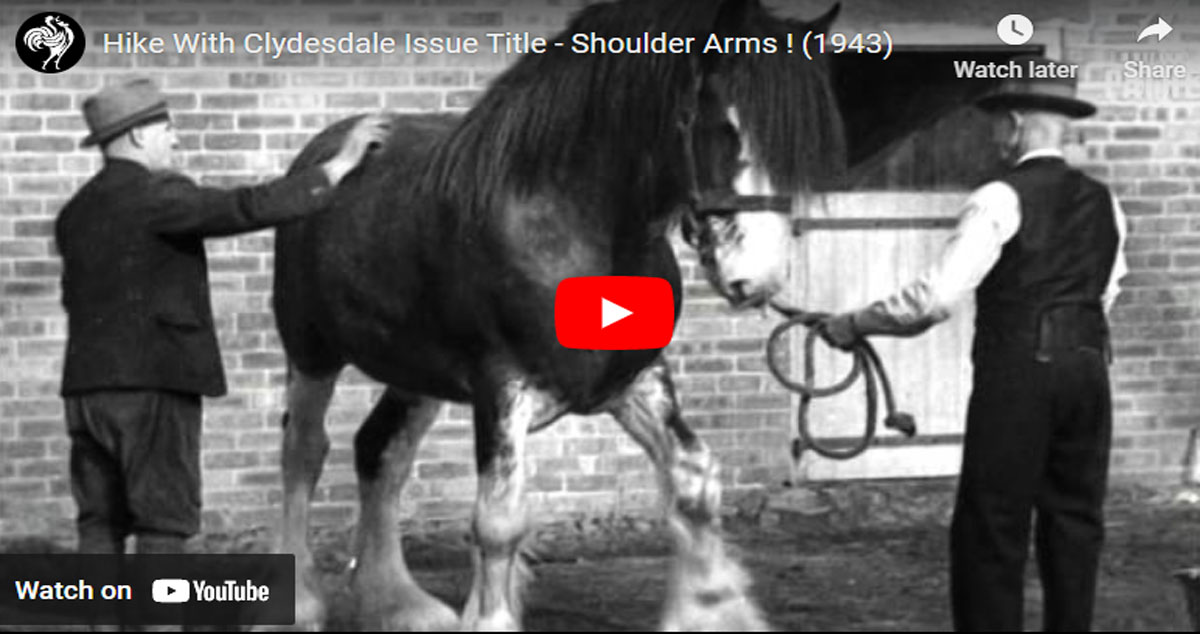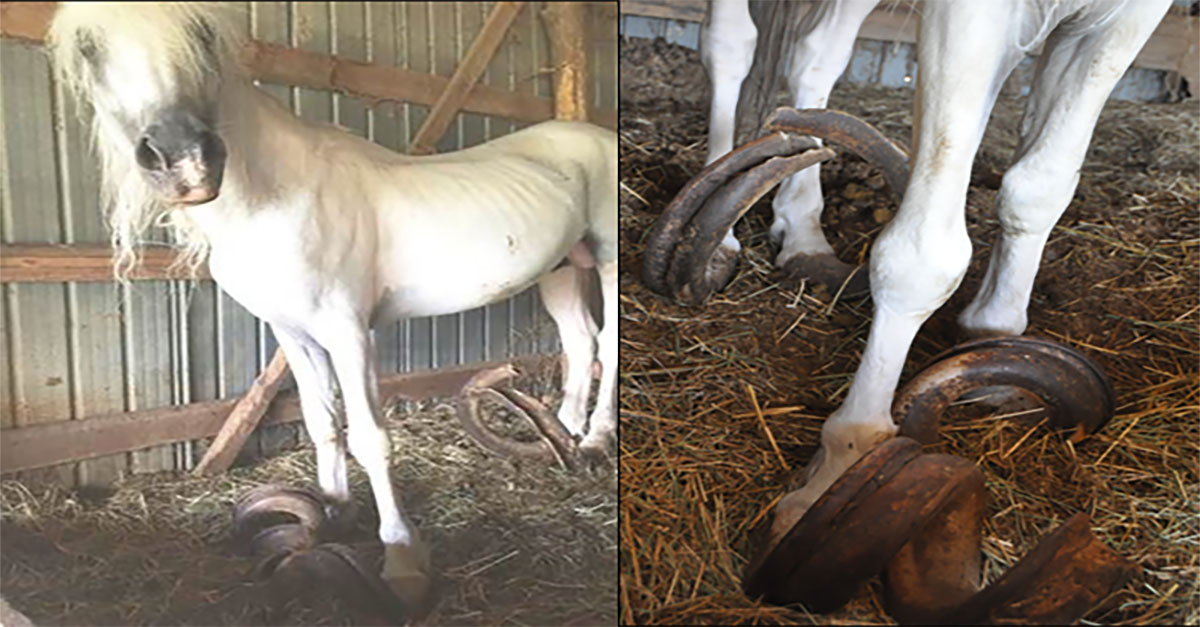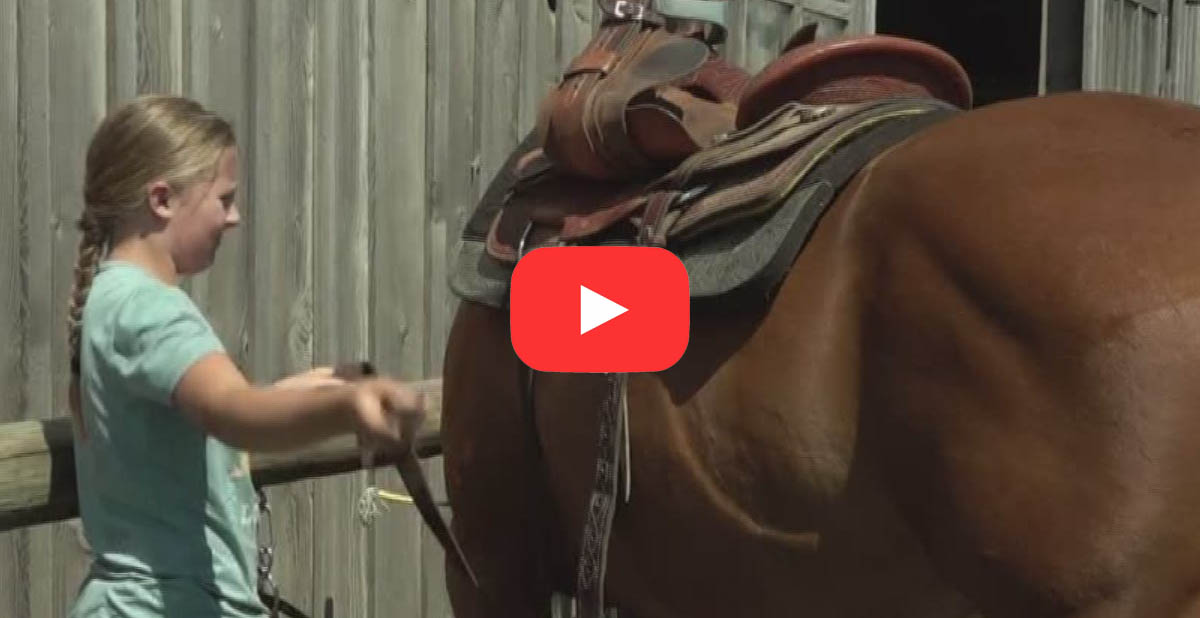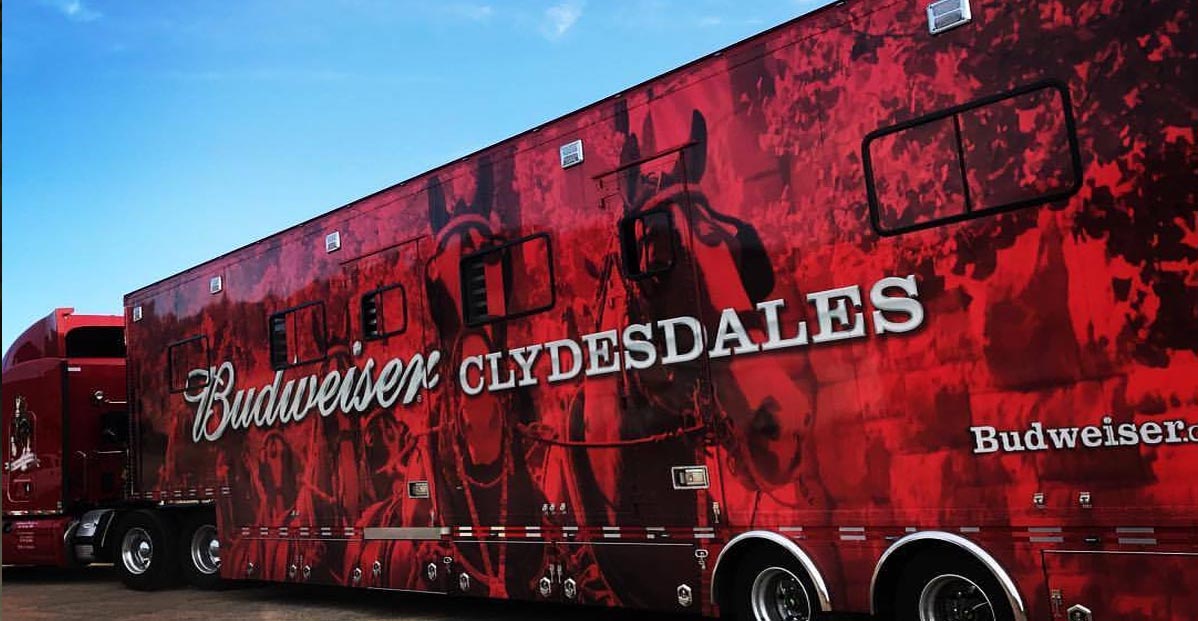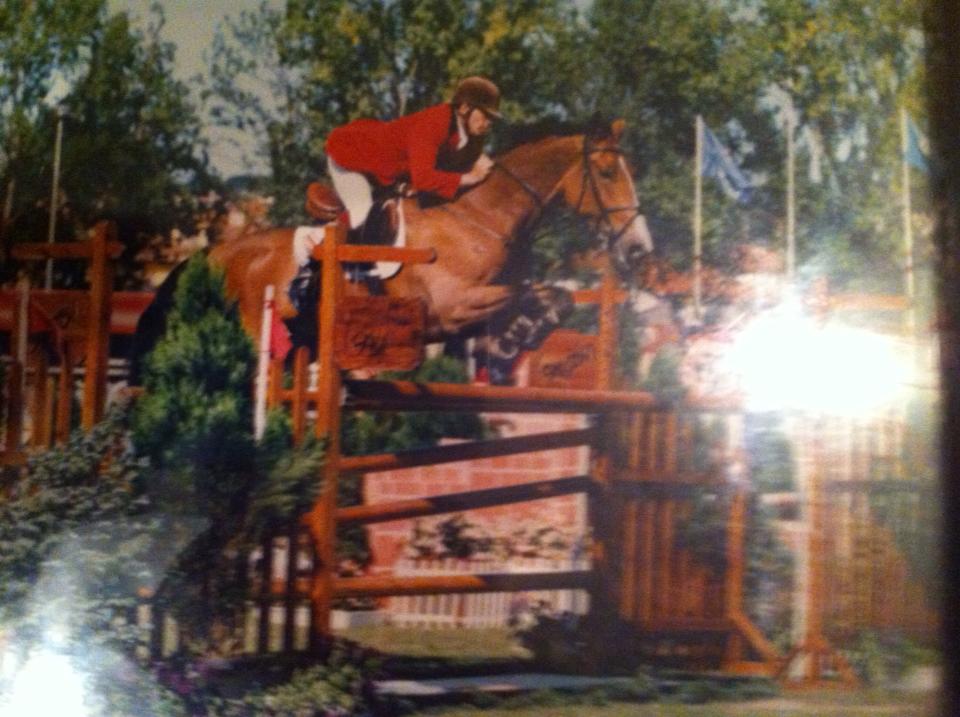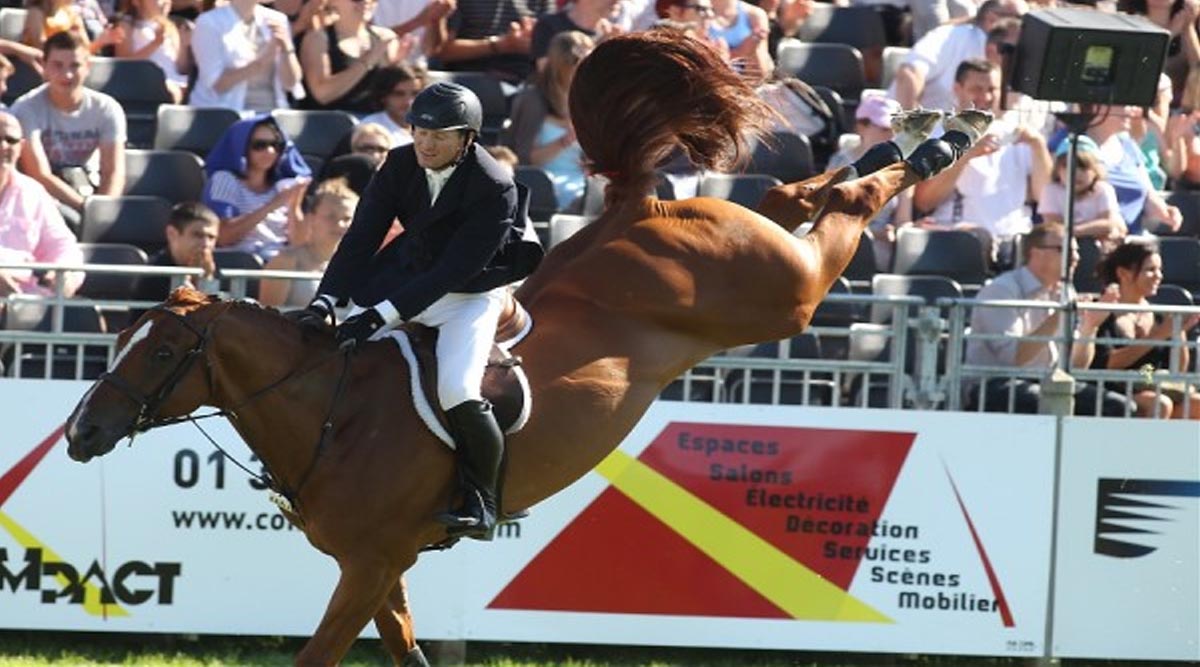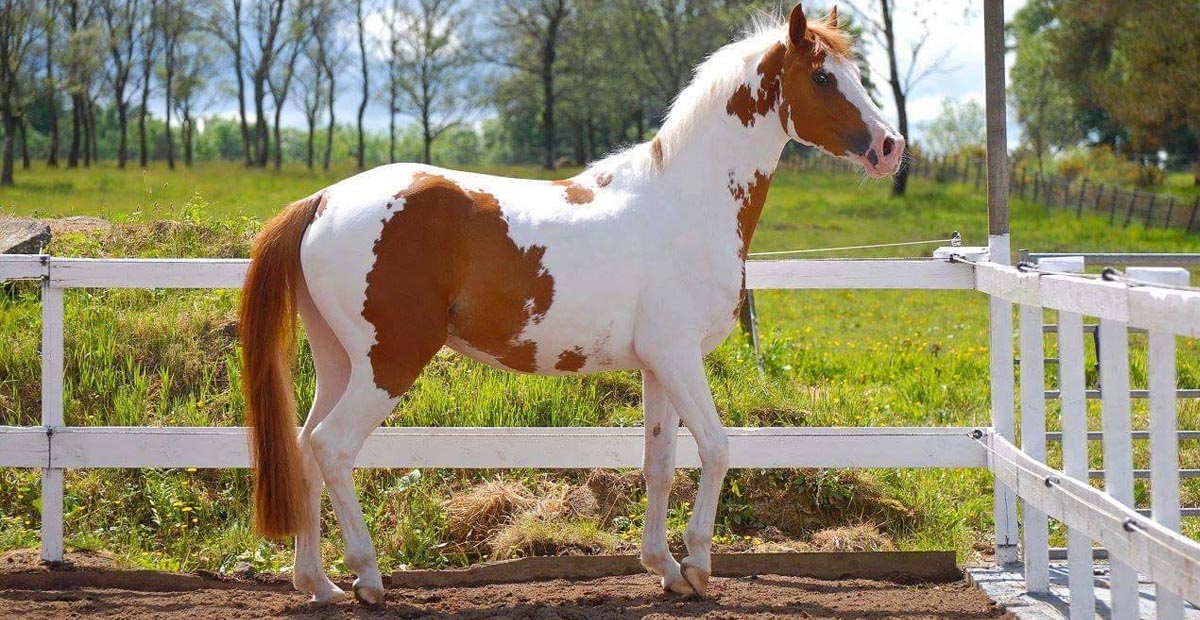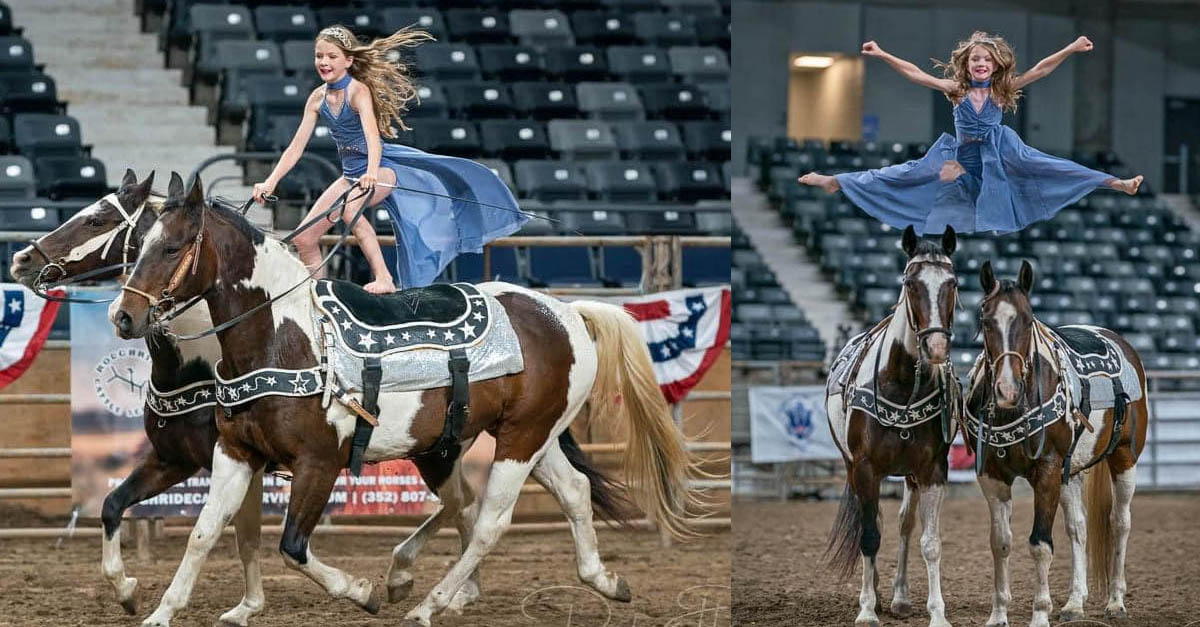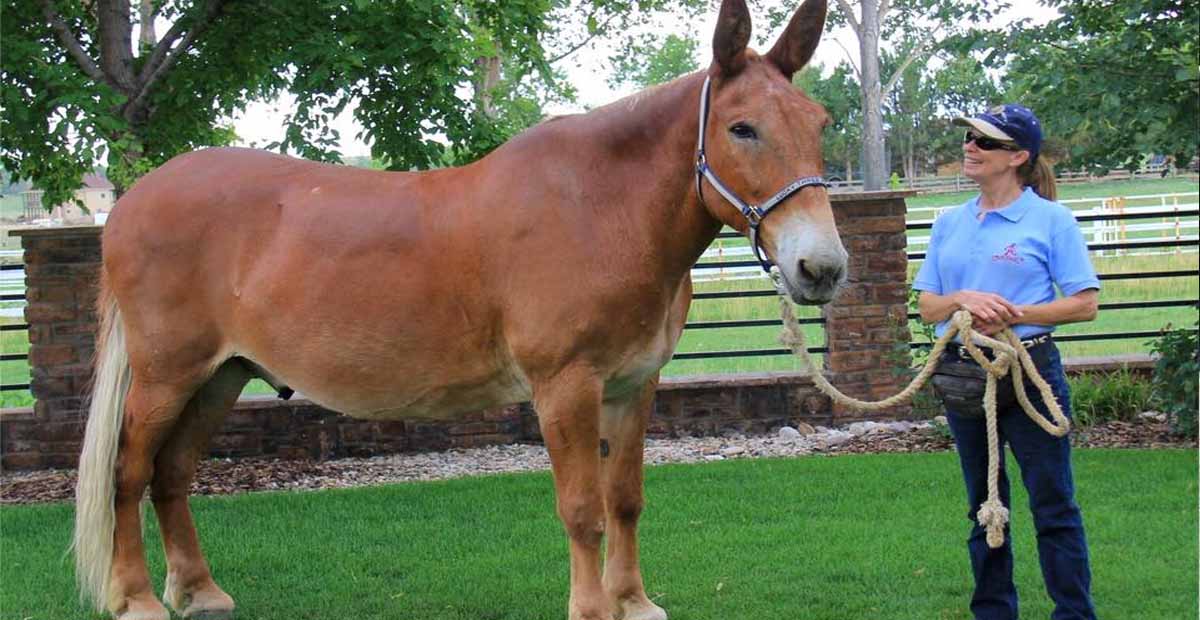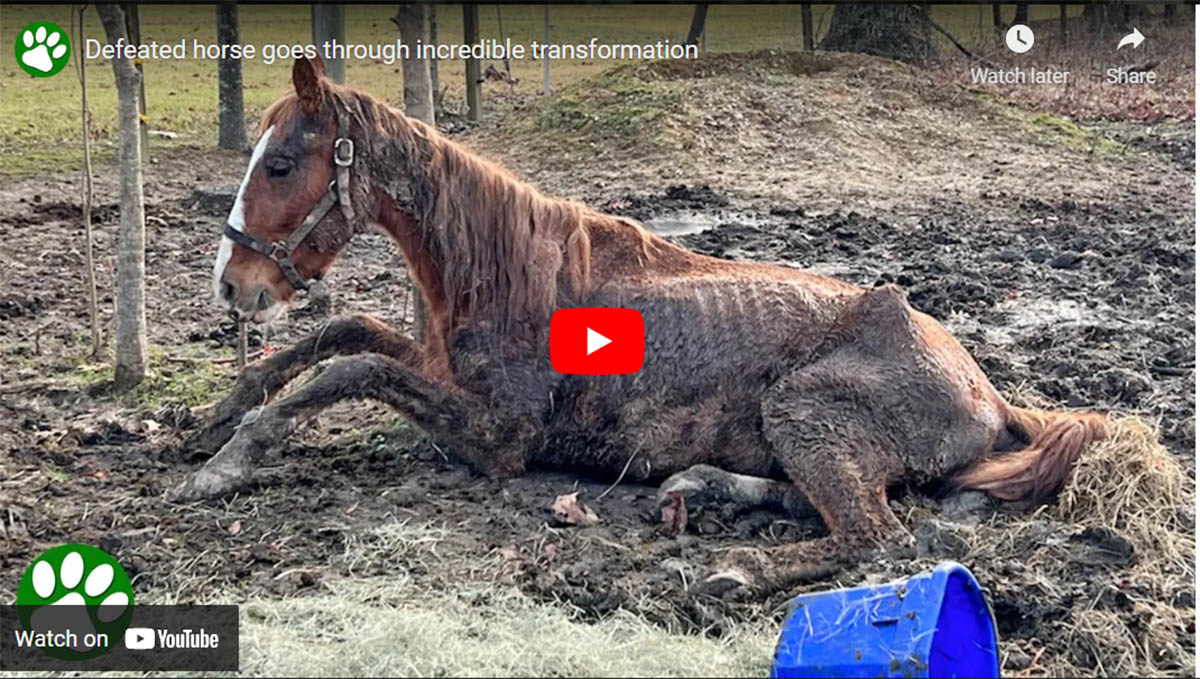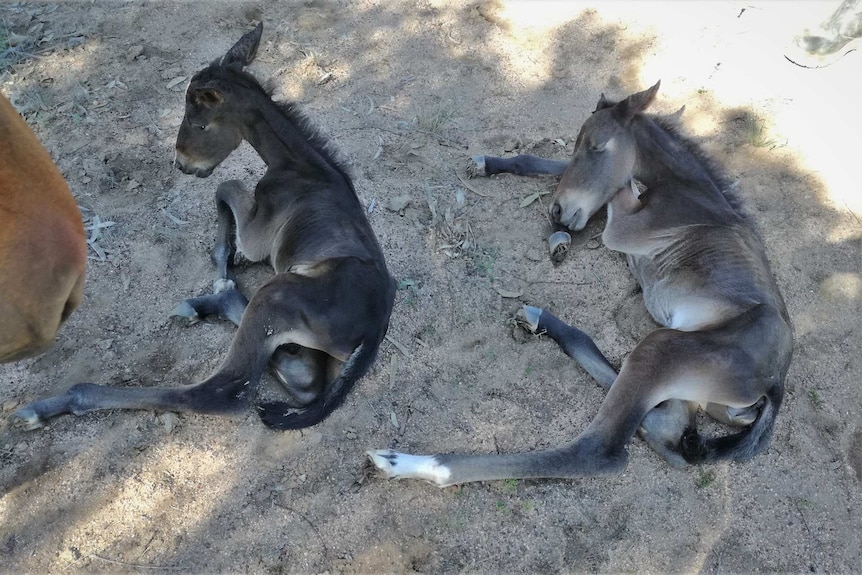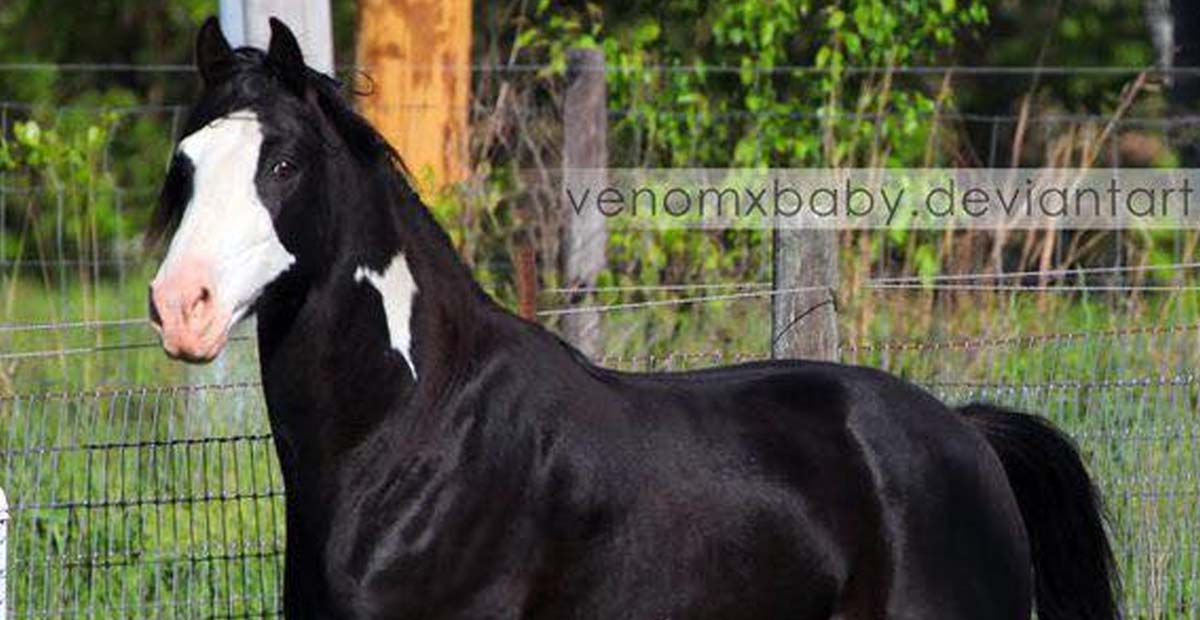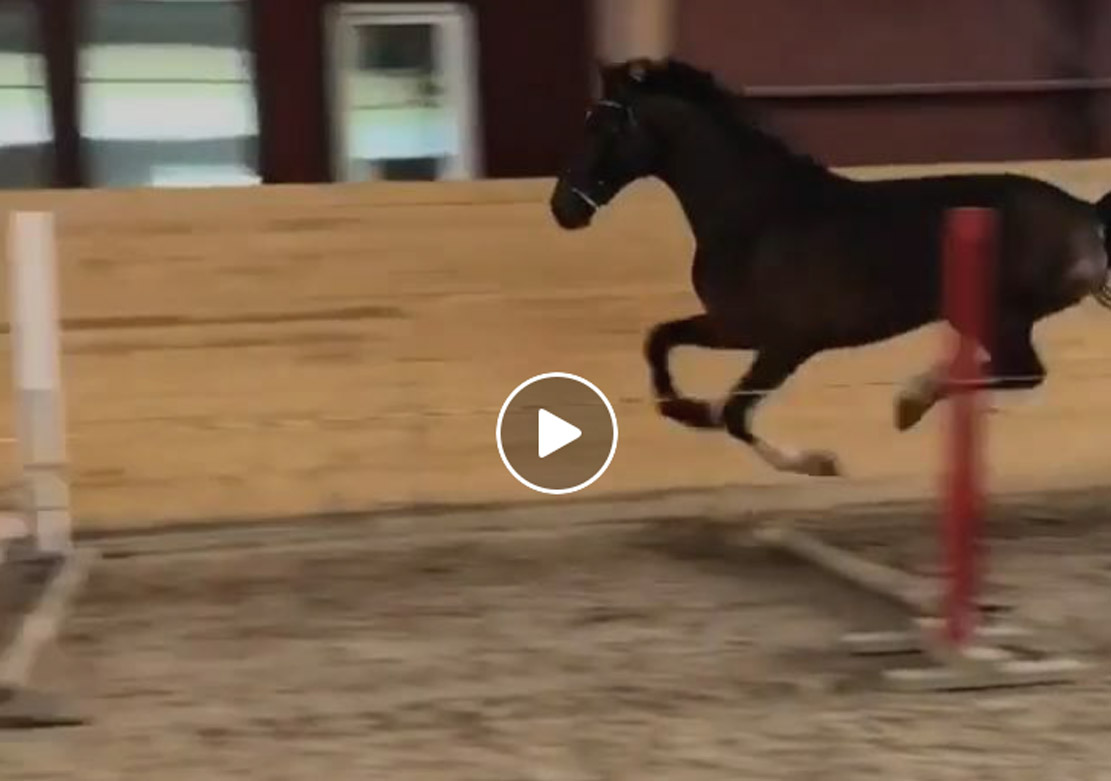Rehabilitation of the Injured Horse
In the ever-changing competitive environment in which equine practitioners find themselves, one looks for new ways to provide a higher quality and quantity of service to the clients. Historically the transition was from mobile to clinic to a hospital with surgery capabilities. However we are quickly approaching a point where offering general surgery requires having a board certified surgeon on staff. The bottom line is a major commitment in terms of personnel and equipment.
One area that hasn`t been explored is that of rehabilitation. If one elects to refer a horse for surgery or has diagnosed a soft tissue injury requiring extensive lay-up time, quite often the ability to improve the horse`s prognosis for return to function is very limited.
In our clinic, we have attempted to address this issue by installing an aqua treadmill. This equipment provides a means of developing muscle tone and cardiovascular fitness in a horse that has been laid up for a variety of different soft tissue injuries. In addition, most surgeons we have consulted have given strong endorsement to its use after many orthopedic procedures.
An alternative use of the treadmill is maintaining fitness in a horse while allowing one of several minor lower leg injuries to heal. These would include splints, curbs, foot abscesses and bruises. The horse exercises against water (hot or cold) while only absorbing 20-30% of concussion.
Advantages over swimming
The advantages of an aqua tread over traditional swimming from a practical standpoint include less space requirement, cleaner water and lower investment cost. From a medical standpoint, cleaner water leads to less skin disease. Secondly, the muscles used in an aqua tread better match those normally used in ground training. Traditional swimming utilizes muscle groups that can lead to transient soreness when that animal goes back to ground training.
The aqua tread has also been useful in simply providing hydro-therapy as a means of increasing circulation - a whole body whirlpool (Jacuzzi). Acute and chronic laminitis cases have benefited from this mode of therapy for obvious reasons.
Documented Benefits
Historically, most horses that have sustained one of several categories of injury have not had the benefits of any rehabilitation. The benefits are well documented. One need only consult a human orthopod or sports medicine specialist to learn its importance in terms of prognosis for return to function. Why then does the average horse owner and the veterinarian not seek out and institute a rehabilitation plan more sophisticated than "Rest the horse for six months. put him back in training and hope for the best"? The answer is not a simple one. It would include considerations such as:
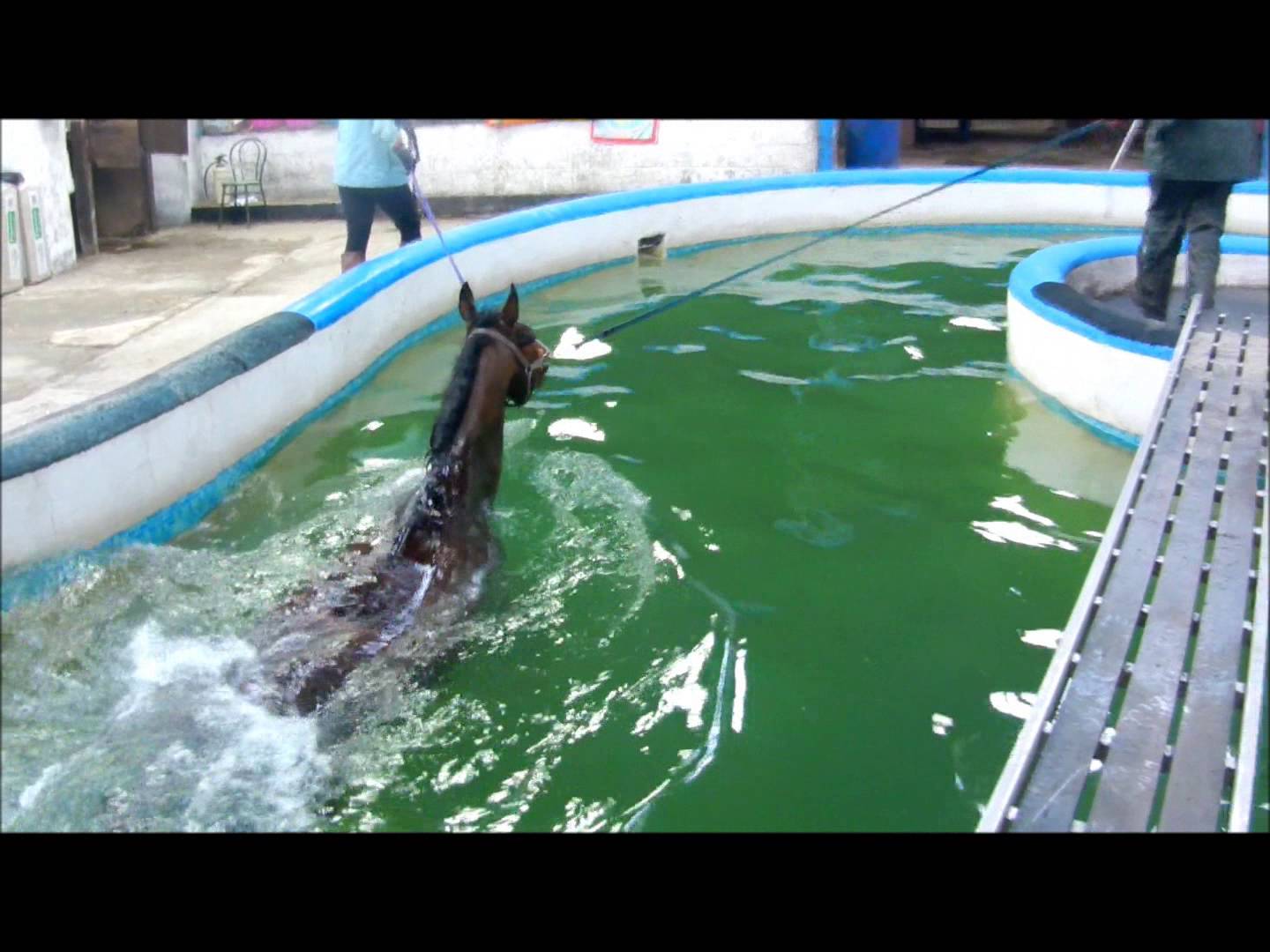
One area that hasn`t been explored is that of rehabilitation. If one elects to refer a horse for surgery or has diagnosed a soft tissue injury requiring extensive lay-up time, quite often the ability to improve the horse`s prognosis for return to function is very limited.
In our clinic, we have attempted to address this issue by installing an aqua treadmill. This equipment provides a means of developing muscle tone and cardiovascular fitness in a horse that has been laid up for a variety of different soft tissue injuries. In addition, most surgeons we have consulted have given strong endorsement to its use after many orthopedic procedures.
An alternative use of the treadmill is maintaining fitness in a horse while allowing one of several minor lower leg injuries to heal. These would include splints, curbs, foot abscesses and bruises. The horse exercises against water (hot or cold) while only absorbing 20-30% of concussion.
Advantages over swimming
The advantages of an aqua tread over traditional swimming from a practical standpoint include less space requirement, cleaner water and lower investment cost. From a medical standpoint, cleaner water leads to less skin disease. Secondly, the muscles used in an aqua tread better match those normally used in ground training. Traditional swimming utilizes muscle groups that can lead to transient soreness when that animal goes back to ground training.
The aqua tread has also been useful in simply providing hydro-therapy as a means of increasing circulation - a whole body whirlpool (Jacuzzi). Acute and chronic laminitis cases have benefited from this mode of therapy for obvious reasons.
Documented Benefits
Historically, most horses that have sustained one of several categories of injury have not had the benefits of any rehabilitation. The benefits are well documented. One need only consult a human orthopod or sports medicine specialist to learn its importance in terms of prognosis for return to function. Why then does the average horse owner and the veterinarian not seek out and institute a rehabilitation plan more sophisticated than "Rest the horse for six months. put him back in training and hope for the best"? The answer is not a simple one. It would include considerations such as:
- Lack of equipment adaptation for the horse.
- Financial investment by owner.
- Apathy of the owner.
- Poor follow-up support by the veterinarian.



